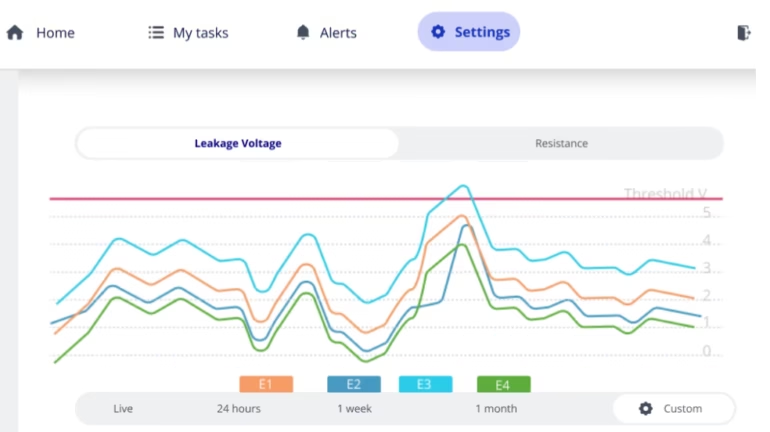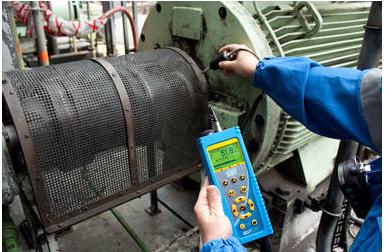
For decades, Environmental, Health, and Safety (EHS) professionals have been the vigilant guardians of our workplaces, meticulously documenting incidents, investigating root causes, and implementing controls. Our approach has largely been reactive – learning from what has already happened to prevent its recurrence. While this traditional model has yielded significant improvements, a new era is dawning, one where we move beyond reaction to proactive prevention through the power of predictive analytics.
Imagine a world where potential safety incidents are flagged before they occur, where risks are not just identified but quantified and mitigated with unprecedented foresight. This is the promise of predictive analytics in EHS, and it’s rapidly becoming a reality.

What is Predictive Analytics in EHS?
At its core, predictive analytics uses historical data, statistical algorithms, and machine learning techniques to identify the likelihood of future outcomes. In the EHS domain, this means analyzing vast datasets – everything from incident reports, near misses, inspection findings, maintenance logs, environmental monitoring data, training records, and even external factors like weather patterns or production schedules – to uncover hidden patterns and correlations that precede incidents.

How Predictive Analytics Reduces Incidents:
Early Warning Systems:
Predictive models can identify combinations of factors that often lead to incidents. For example, a confluence of specific equipment maintenance issues, a particular shift pattern, and a recent change in operational procedures might be flagged as a high-risk scenario. This allows EHS teams to intervene with targeted controls before an incident occurs, transforming reactive measures into proactive strategies.
Resource Optimization:
With limited resources, EHS professionals constantly face the challenge of prioritizing interventions. Predictive analytics provides data-driven insights into where resources – be it additional training, equipment upgrades, or focused inspections – will have the greatest impact on risk reduction. This ensures that efforts are concentrated on the areas with the highest potential for incident prevention.
Enhanced Risk Assessments:
Traditional risk assessments are often static. Predictive analytics brings a dynamic dimension, continuously updating risk profiles based on real-time data. This allows for more accurate and comprehensive risk assessments, revealing subtle shifts in risk factors that might otherwise go unnoticed.

Proactive Training and Behavioral Safety:
By identifying patterns related to human factors, predictive analytics can pinpoint departments or roles where specific training interventions might be most effective. It can even highlight behavioral trends that, while not directly causing incidents, increase the likelihood of them occurring, enabling targeted behavioral safety programs.

The Road Ahead for EHS Professionals
Embracing predictive analytics doesn’t diminish the role of the EHS professional; it elevates it. Instead of merely reacting to events, we become strategic foresight specialists, leveraging powerful tools to anticipate and prevent harm. This shift requires:
Data Literacy:
Understanding what data to collect, how to ensure its quality, and how to interpret the insights derived from analytics.
Collaboration:
Working closely with IT, data scientists, and operational teams to integrate systems and ensure data flow.
Critical Thinking:
While analytics provides predictions, the human element of judgment, experience, and ethical considerations remains paramount in making informed decisions.
The journey towards fully integrated predictive EHS is still evolving, but the benefits – safer workplaces, fewer incidents, and a more proactive approach to protecting people and the environment – are too significant to ignore. As EHS professionals, now is the time to explore, learn, and lead the charge into this exciting future of proactive safety.
For Further Information, visit: https://www.digitaledge.net.in or reach us on [email protected] / 91.95372 19666